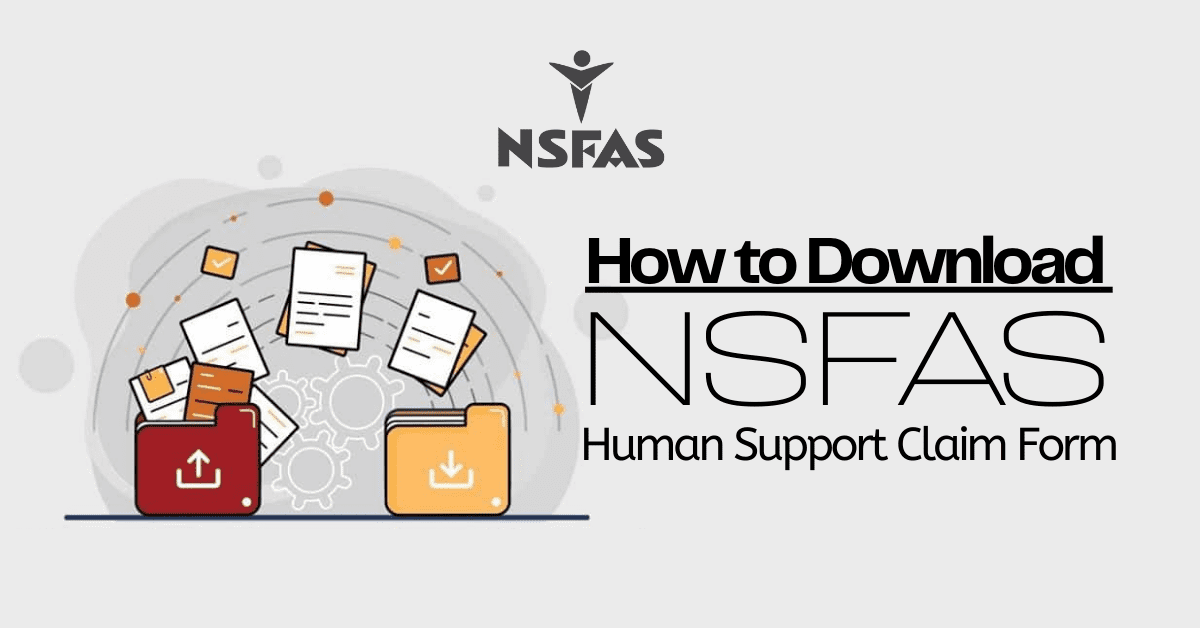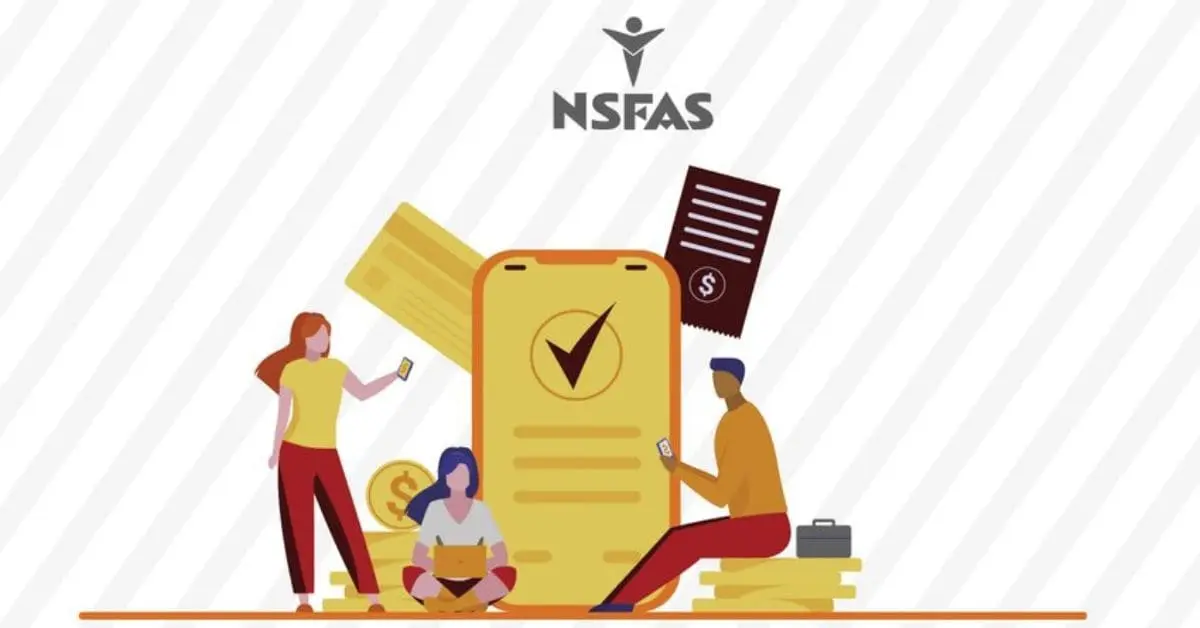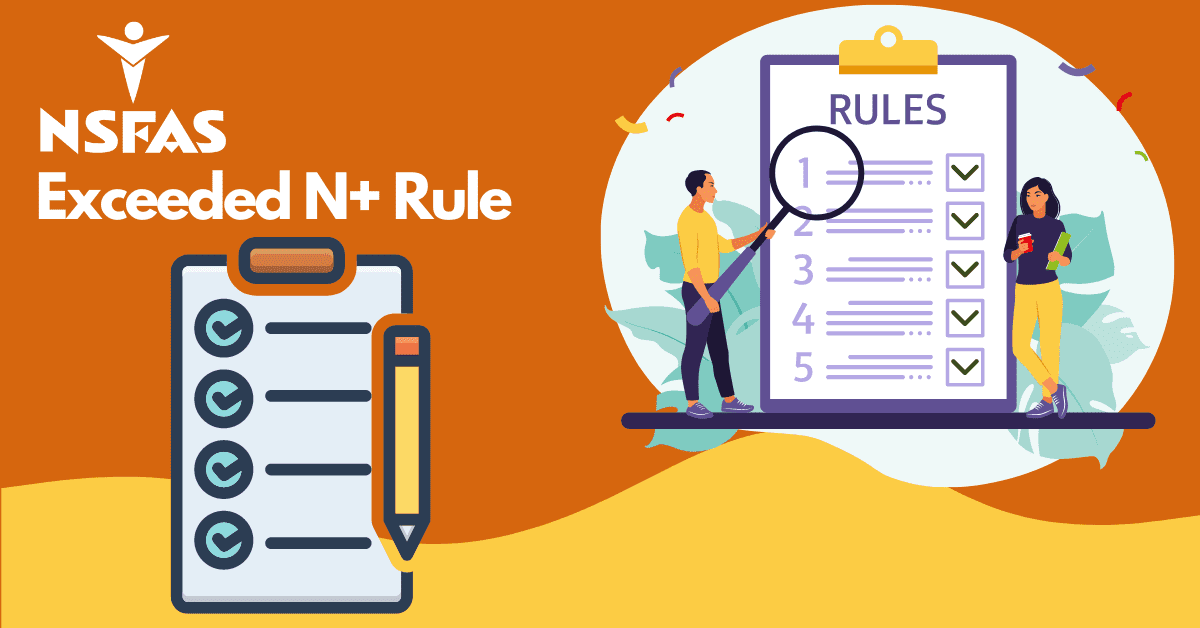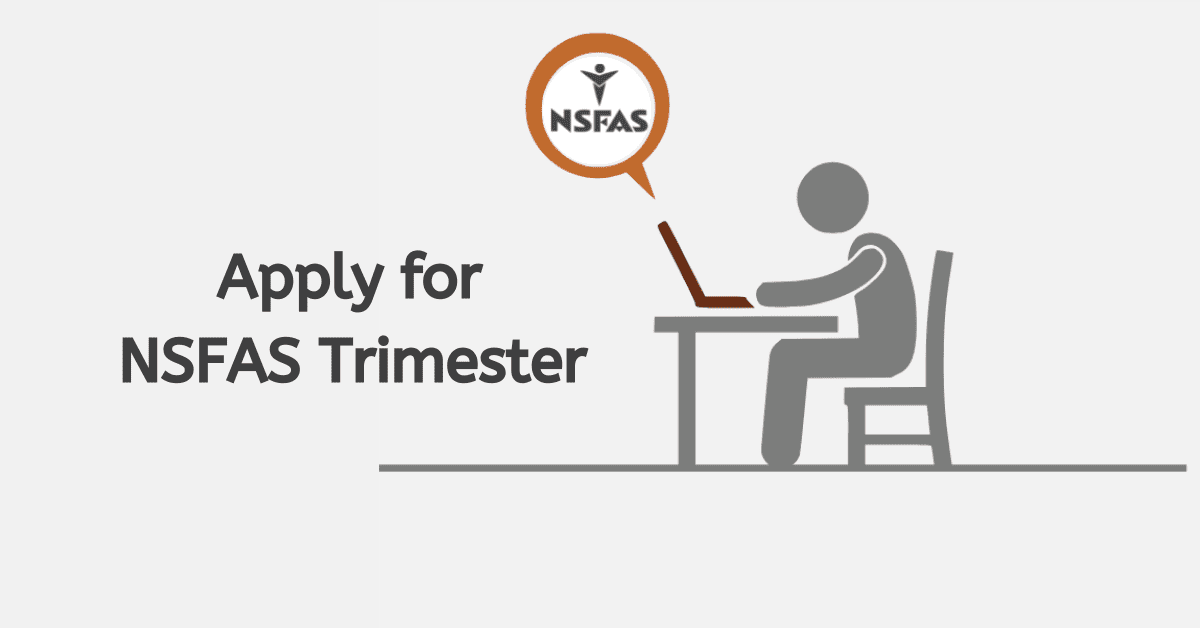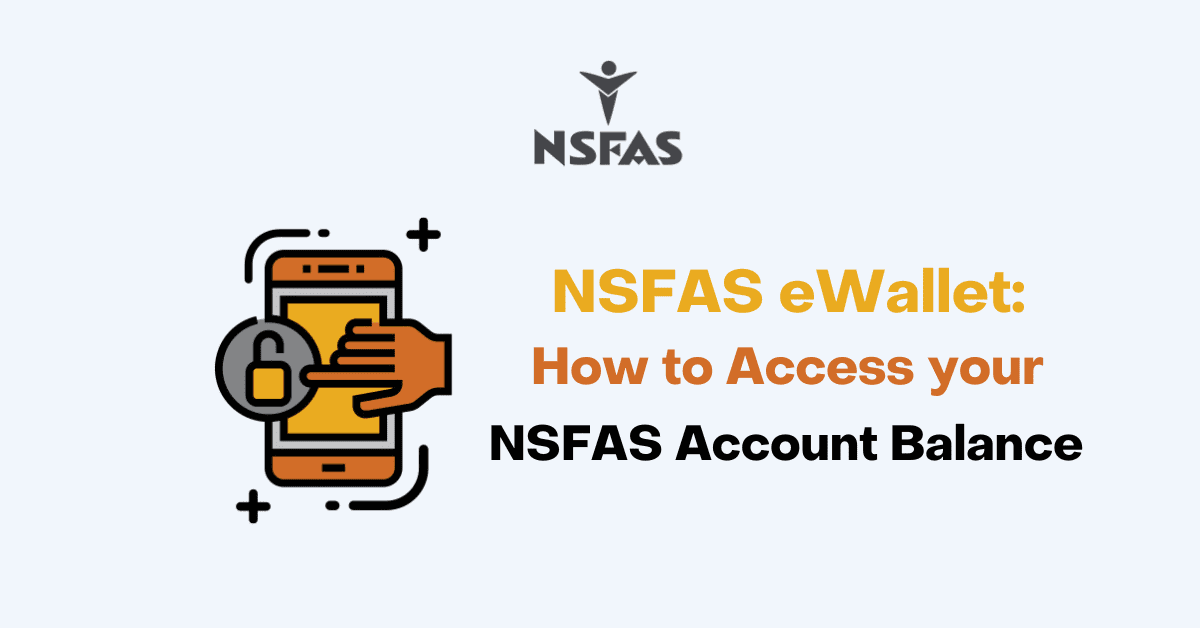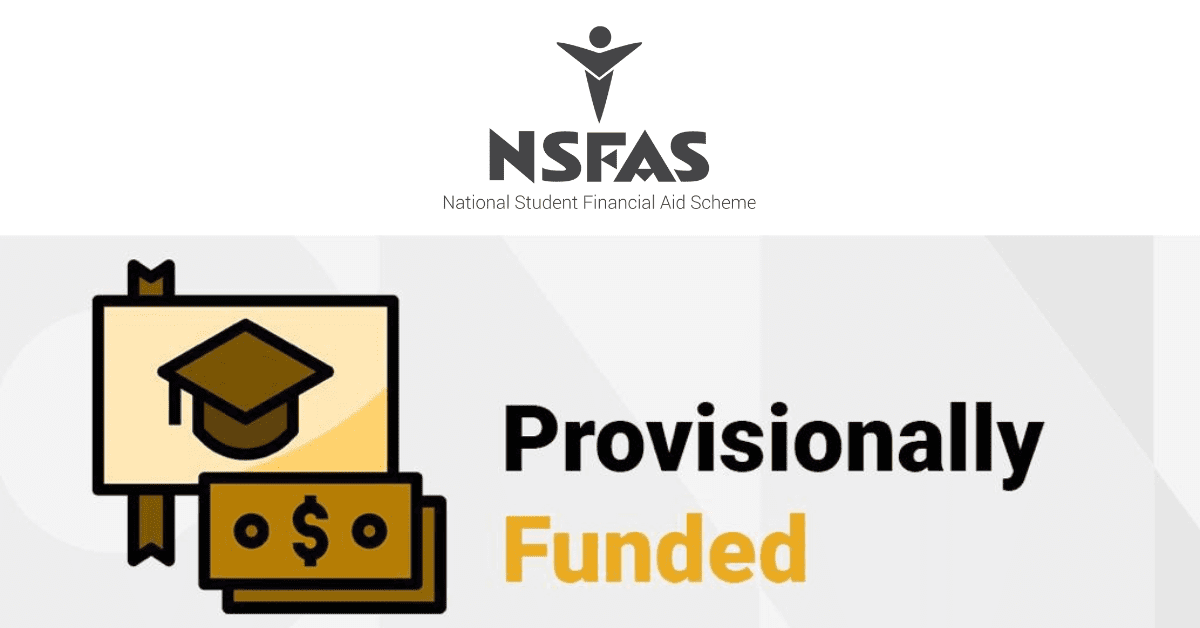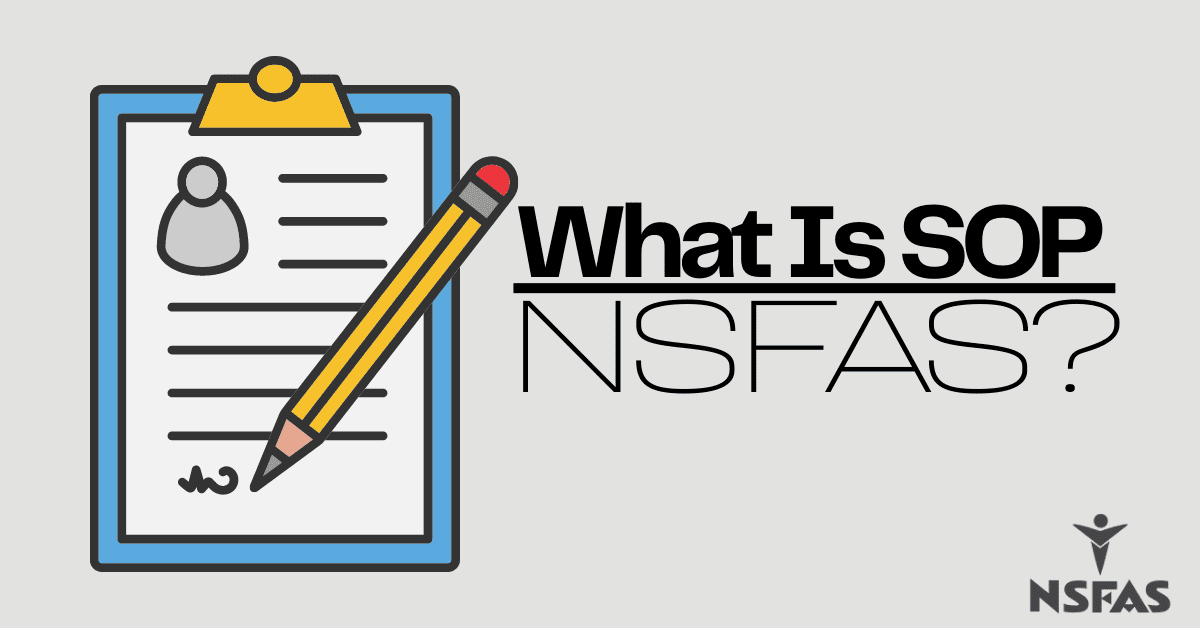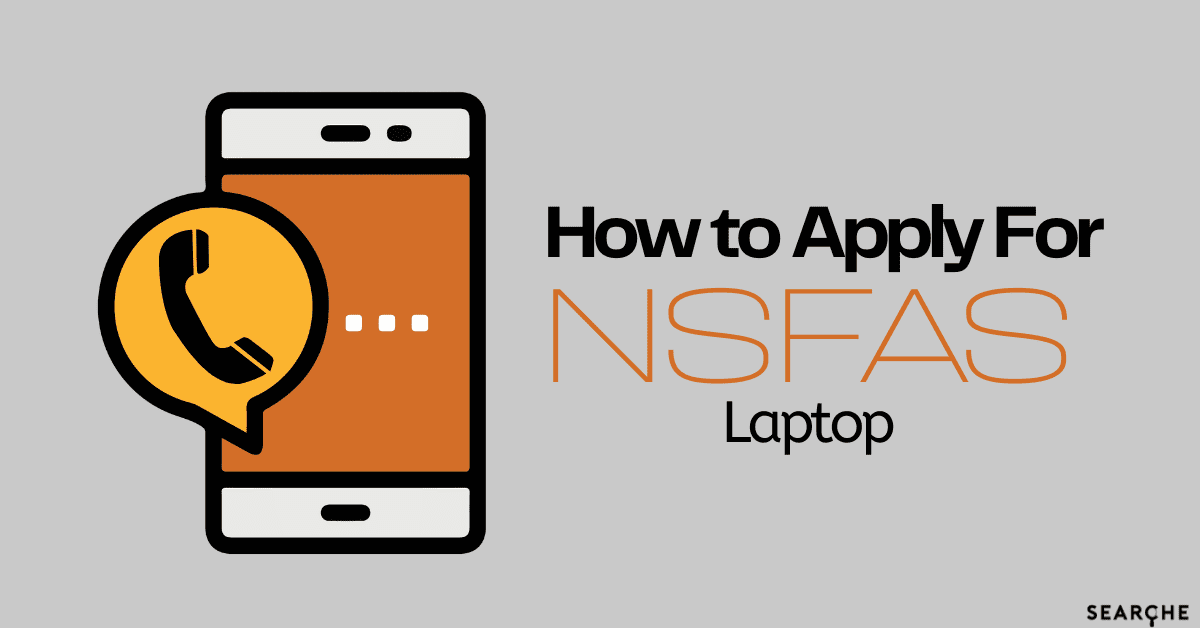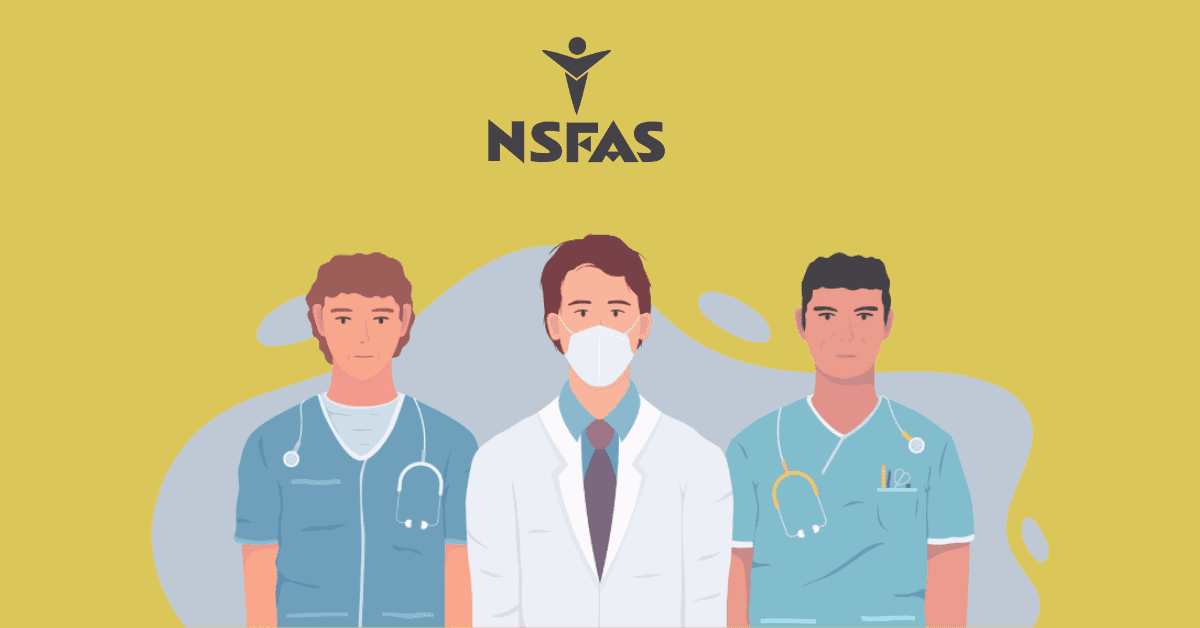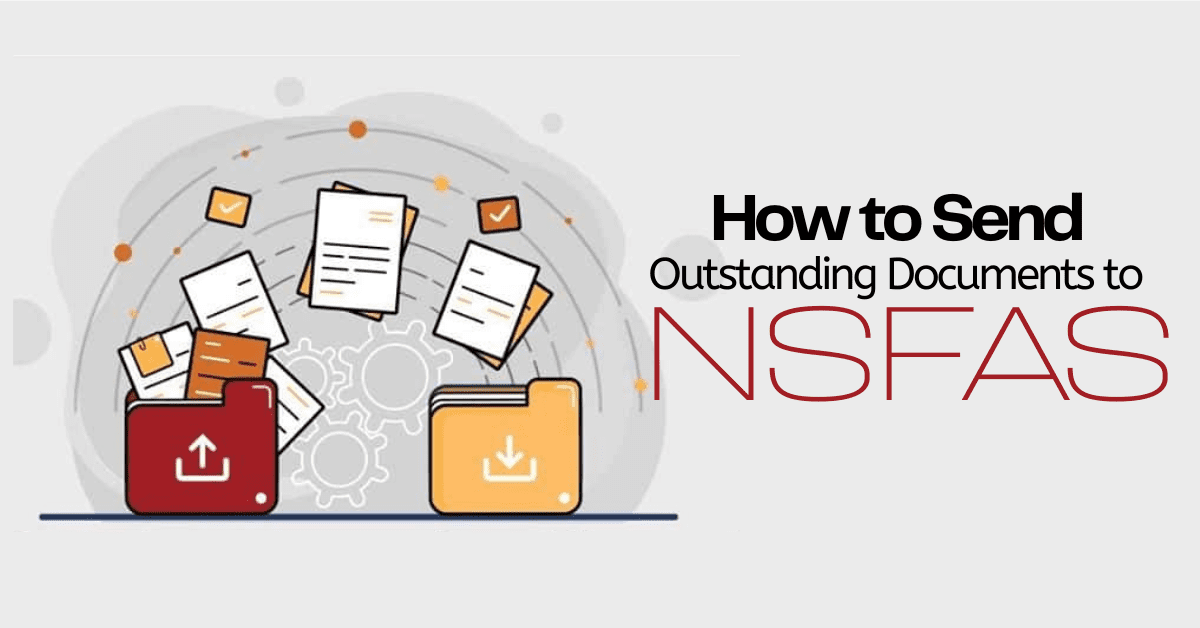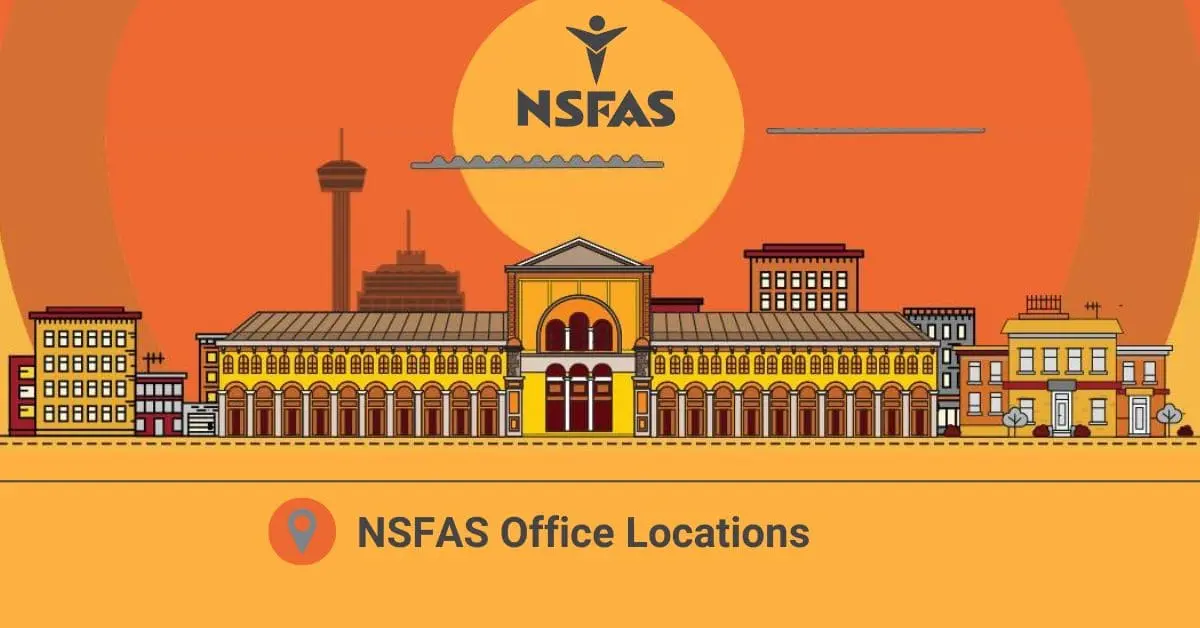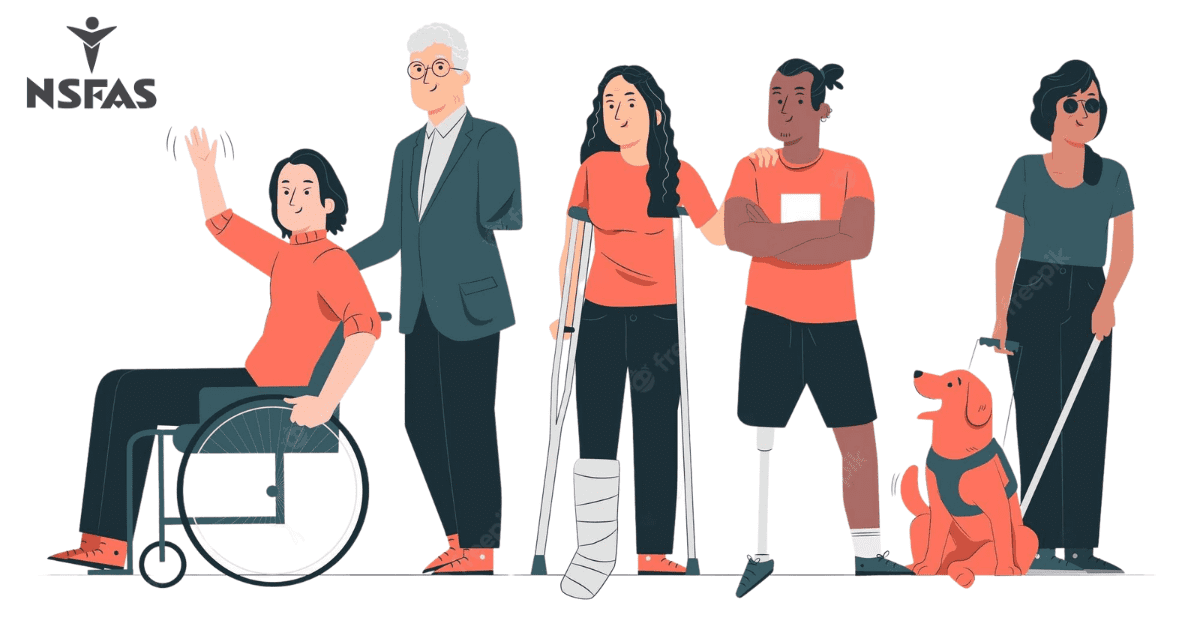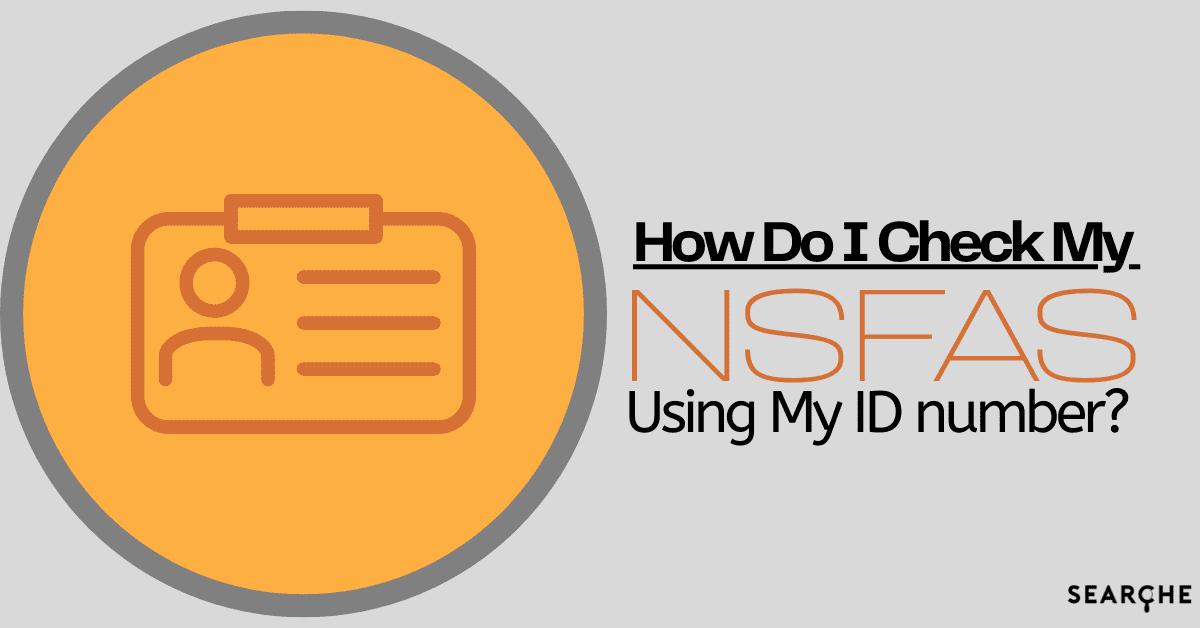NSFAS has grown exponentially since its inception in 1999, reflective of the needs of a growing economy and population in South Africa, its emphasis on tertiary education, and its socioeconomic benefits to those who need it.
With an emphasis on gradually eliminating the socioeconomic inequalities so deeply entrenched in South Africa’s society, NSFAS attempts to identify and fund prospective students from working class and poor backgrounds by covering the cost of tuition, accommodation, transport, and other educational and personal needs that students from economically vulnerable backgrounds would otherwise be unable to afford.
For the 2022 academic year, NSFAS approved funding for 691 432 students, the overwhelming proportion of whom were female at 462 983, and male recipients accounting for 227 072 of the approved applicants.
Some prospective applicants for NSFAS are automatically granted bursaries, such as former SASSA grant recipients, who made up 240 790 of 2022’s NSFAS students.
Within the framework of NSFAS bursary funding, approvals have and remain a highly contentious topic, with over 900 000 applications lodged within the 2022 opening window.
A number of reasons have been given for those not accepted under the NSFAS program, such as duplicate applications and not meeting the threshold for yearly family income. Yet, many have alluded that funding may be subject to budgetary constraints.
That is why articles such as this are written to help ensure that you are up to date on how to check if you are approved for funding by NSFAS.
How to check if NSFAS has approved you?
One of the most nerve-racking parts about pursuing an academic career under the banner of a NSFAS bursary can be the wait between the time you applied for funding and the wait to hear whether you’ve been accepted or not. This journey close to a million students go through every year.
The decision-makers within the government that work to ensure NSFAS runs smoothly know this and have made the confirmation process a lot easier to accommodate the growing number of students.
Application results are always communicated to applicants once NSFAS has received confirmation from an institution of higher learning that an academic offer has been made to you.
In other words, the success of an application with NSFAS is contingent on whether you are accepted into a university or TVET college.
If you do meet the criteria for funding, and even if you don’t, NSFAS will inform you of their decision before the beginning of the academic year via SMS, email, and through your myNSFAS account.
How long does it take for NSFAS to approve you?
NSFAS usually takes an average of 30 days to approve an application, which is why applying at the earliest possible date is so important.
All prospective applicants are encouraged to continuously check into the myNSFAS website within a few days of submitting their application for funding to keep up to date in real-time on any developments that may pop up regarding their applications.
The minister of higher education, Dr. Blade Nzimande, has also gone through with processes to fast-track the disbursement of vital funds covered by NSFAS
How do you get proof that NSFAS funded you?
Possessing proof of your NSFAS bursary can seem redundant because once you are approved for funding, your educational and living costs are covered by NSFAS without the need for third parties in most cases.
Yet, despite this, proof that you are indeed a NSFAS recipient can help you in certain areas; the hassle of finding suitable accommodation is one of them.
NSFAS does fund students who are staying at private residences for the duration of their academic tenure, but payment remittances at NSFAS are plagued with issues such as delayed payments, which could jeopardize ones living arrangements on noncampus residences.
Having proof that you are funded by NSFAS can help secure your living arrangements by building a level of trust between you and your landlord if your residential allowance payout is delayed.
In cases such as this one, proof that you are a NSFAS recipient becomes important. You can get a confirmation letter from NSFAS that serves as proof of your funding.
You simply log in to the myNSFAS student portal through their official website, input your username and password, and click “sign-in” to access your account.
And from your account, search for the track funding progress option and click on it; this will show that you are a NSFAS funded student if you need it.
How do you know if NSFAS has rejected you?
The fact that nearly a million people applied for NSFAS in the 2022 academic year is a testament to its utility in rectifying the socioeconomic inequalities in South Africa, which is why rejection can prove to be a major hurdle in many students’ journey to economic emancipation.
Yet, not knowing whether your application has been accepted or rejected can be a kind of limbo that so few can in South Africa can afford.
In most cases, NSFAS will inform applicants of the status of their applications via the email address and phone number you used to register for funding.
But in the case that an applicant isn’t notified via email or SMS, your account on NSFAS’s official website can serve as a way to track the status of your application in real time.
Simply use your credentials to log into your account on the NSFAS website and track the funding progress of your application through the option of the same name.
If you become one of the unfortunate applicants to be rejected for funding in a given academic year, it isn’t the end of the road as NSFAS has channels to appeal your rejection, as well as the option to try again and apply for funding next year.
